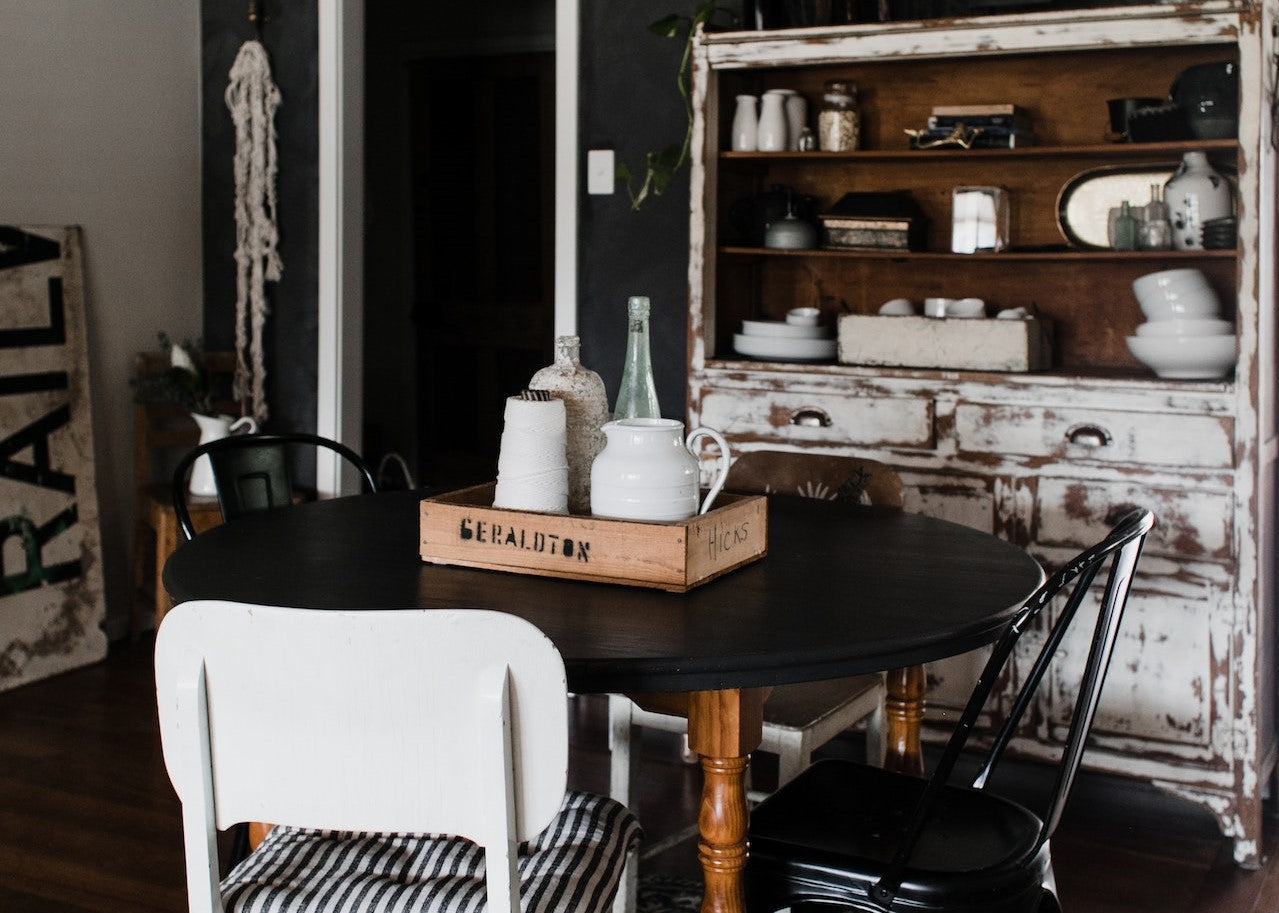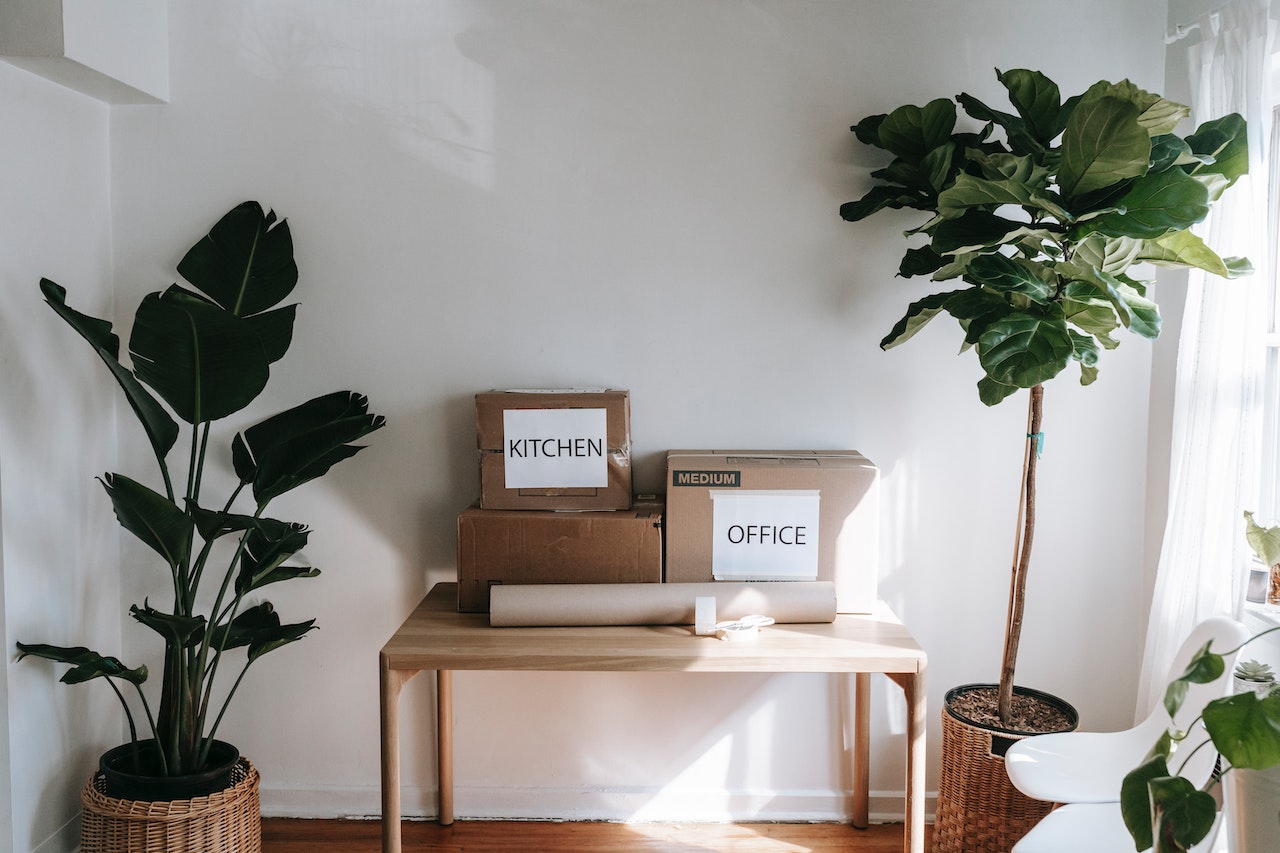Do you live in a small studio apartment or a tiny house? If so, you may feel it’s challenging to make such a compact space work. And it is.
But don’t worry. There are ways to expand the feeling of space in your home without heavy renovation. Here are 12 practical design tips for small spaces:
Free up the Floor
The sense of space is mostly visual. So, one approach to dealing with compact areas is to improve the visual flow. A simple way to do this is to maximize your valuable floor space as much as possible. It makes the room less cluttered, more functional, and more open. Here are a few ways to do it:
- Use vertical storage like shelves or cabinets to store items off the floor.
- Go for a few wall-mounted and floating furniture to open more space.
- Choose a large rug to create an illusion of extra space.
Big Things Along the Wall
Putting large furniture along the room’s perimeters can help free up floor space. So, keep the bed, couch, work desk, and the like along or up against the walls. Not only will you create a feeling of depth this way, but you will also improve the area’s functional flow, giving you plenty of room to do your daily activities.

Placing large furniture storage along the walls significantly frees up the floor area. The wall-mounted TV and floating console also helps maximize the space.
Pocket Door for Bathrooms
If your apartment is small, chances are, the bathroom space is also fairly limited (if not, lucky you!). Sometimes, the layout is too awkward—like the door bangs into the sink or toilet. A pocket door easily prevents this from happening. Even if the bathroom layout is okay, you’ll find that having a pocket door is still a great space-saving option.
Loft It Out
If the area happens to have a high ceiling, build a loft. It definitely allows you to maximize every square footage, especially for narrow spaces. The most common layout is this—sleeping area on the loft, everything else below. It makes sense because many people prefer a sense of separation when sleeping, and it’s simply more functional.
But, of course, you can also make the loft an office or an entertainment nook. It all depends on your needs. If the vertical space is just enough, you can settle for a space-saving loft bed.

A high ceiling makes it possible to build a spacious loft bed.
Decorate Vertically
Aside from building lofts, take advantage of high ceilings by decorating vertically. For example, mount your curtains higher above the actual windows to create the illusion of height. Use tall mirrors, install floating shelves, and or let houseplants like String of Hearts or Golden Pothos trail down beautifully from their pots—anything to draw the eyes up and create the appearance of a larger home.
Maximize Natural Light
Natural light makes cramped quarters feel more spacious and inviting. It also has the power to boost your mood, regulate your sleep cycle, and promote your overall well-being. Realistically, not all spaces have big windows to let the sunshine in. So, here are a few tips that might help:
- Go for white and cream paint for walls and avoid dark furniture to reflect more light into the room.
- Use sheer curtains or blinds to let in as much natural light as possible. Avoid heavy drapes or curtains that block out natural light.
- Use glass doors or partitions to allow light to flow through different areas.
- Add LED strips to outline shelves or the walls.
- Hang pendant lighting from the ceiling.

The neutral color palette in this room magnifies the natural light coming in from glass windows.
Reflection Is Key
You can brighten up a cramped space by strategically placing mirrors throughout the area. Mirrors have the power to make any room feel larger and more open by bouncing light around and creating the illusion of extra square footage.
Aside from mirrors, you can also incorporate other decor with reflective surfaces. For example, a tinted glass coffee table, reflective glass vases, or pendant light with a shiny metal shade.
Be Smart With Storage
For tiny homes, finding enough storage space for your stuff can be a real pain. Some people opt for wall-to-wall storage, cramming everything into a giant cabinet and concealing everything. But for some spaces, it’s not quite the perfect fit.
Sometimes, you don’t need to go big, only creative. Here are some ideas, which are not exactly innovative, but they might help:
- A super slim wheeled shelving unit that fits narrow nooks
- Over-the-toilet shelving to store essentials in a tiny bathroom
- Modular storage that you can rearrange easily over time, like a peg board wall storage, square wooden boxes, adjustable metal shelves
- A roll-up cart. It’s a versatile storage piece you can move around wherever you want to.
- Good old under-the-bed storage. That space is large enough to stow away items you don’t use often.

Maximize the space under the stairs. You can use it for storage, turn it to a small workspace, or both.
Furniture With Legs
Skip the heavy furniture and opt for leggy pieces that create the illusion of airiness and openness. By leaving negative space underneath, you’ll let light in and make your space expansive and inviting.
Furniture that sits directly on the ground can appear heavy and take up more visual weight. The same goes for thickly cushioned pieces. Opt for the sleek and functional, like the iconic Florence Knoll sofa (or a sofa inspired by its design) or Wegner’s wishbone chair.
In short, Mid-Century Modern pieces of furniture can help you achieve the look of extra space in a compact home.
Double Duty Pieces
If you want to make the most of your tiny home, be ready to invest in some multi-functional furniture. For example, a console table with drawers for surface space and hidden storage, a coffee table with shelving underneath, or an ottoman that serves as extra seating and storage.
You can also upgrade to a dining table that extends for impromptu dinner parties and stash away low-profile stools or folding chairs for spare seats. And, for guests that stay overnight, you can go for a stylish daybed that doubles as a comfy couch.

Sleek, leggy, and minimalist furniture work well in small spaces. They look lighter, minimizing visual weight.
Ditch Sectionals
Think twice before you order a sectional sofa. While they’re roomy and cozy, they can be a real space hog and leave your tiny home feeling cramped. So, consider other options that won’t leave you feeling boxed in.
When it comes to furnishing a small living space, a sofa or loveseat with clean lines can create an open and spacious vibe. If you prefer the look of a sectional, there are smaller, modular options that can be a good fit.
Dead Space Doesn’t Hurt
Don’t fill your space to the brim with stuff. Leaving some areas untouched is key. Dead space, or negative space, is crucial in compact living, as it can create a more open and airy feel. When every inch matters, creating a visual breathing room is essential to make a small space feel comfy and welcoming. So, embrace the blank spaces and let your home breathe.
Moreover, dead space can be used to highlight the most important parts of your room, like a beautiful piece of artwork or a unique architectural feature. By creating negative space around these elements, you can make them stand out and really catch the eye.

A sofa bed instead of a sectional serves small spaces well. It completes the lounge area, at the same time, provides a bed for guests.



Leave a comment
This site is protected by hCaptcha and the hCaptcha Privacy Policy and Terms of Service apply.